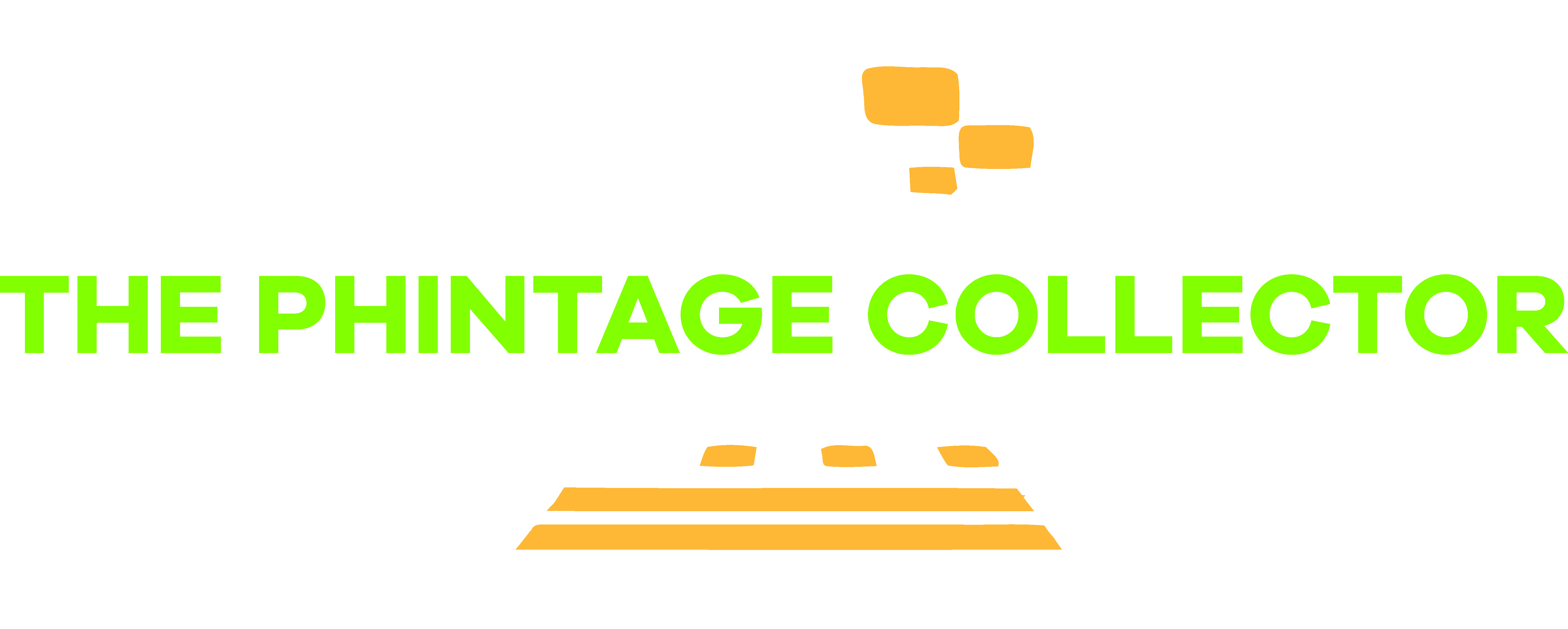Posted on July 19, 2021
Toshiba T3100
The Toshiba Corporation of Japan has a long-standing tradition in technology leadership in many areas such as power, electronic components, consumer electronics, batteries, and many more.It was only natural such a huge enterprise would not skip the computer… Read More
Posted on July 17, 2021
Asus EeeBox PC
The Asus Eee series saw many variations, one of which was the EeeBox PC, an inexpensive and compact desktop computer of the Nettop category.
Posted on July 16, 2021
Acer Aspire One D250 “M-Budget”
Migros is Switzerland’s larget retailer, offering a broad variety of food and non-food products. During the netbook era, Migros also sold branded Netbooks to its consumer base.
Posted on July 16, 2021
Compaq LTE 5380
With the LTE line, Compaq was among the first to offer portable computers with the base dimension of a paper sheet, coining the new term “Notebook” to describe smaller, less bulkier Laptops.
Posted on July 15, 2021
Apple iMac G3 (second generation)
The iMac G3 started it all, leading Apple away from near bancruptcy and making it the multi-billion dollar company it is today. Let’s look one the iMac, that left an imprint in computer history. Quick Links: Historic Overview… Read More
Posted on July 14, 2021
Apple iBook SE
What began in 1998 with the iMac and it’s ground-breaking translucent design, saw the continuation in 1999 with the introduction of the playful “clamshell” iBook.
Posted on July 6, 2021
Acer Aspire One ZG5
As many other vendors, Acer followed the Netbook hype that was set off by Asus the year before. The result was the Aspire One series, which saw many variations through 2007 to 2011.
Posted on July 6, 2021
SGI 230 Visual Workstation
Silicon Graphics, renowed for building highend graphical UNIX workstations, entered the Wintel world in 1999. Why? Competition. Here’s one of these results: A medium prices standard PC, in a SGI-branded tower-case. Quick Links: Historic Overview Specs Gallery Downloads… Read More
Posted on July 4, 2021
Compaq Mini 701
Literally every vendor played the game during the Netbook era, with the Hewlett-Packard Company being no exception. With the COMPAQ brand belonging to HP since 2002, the Mini 701 was their second stake to acquire market shares.
Posted on July 3, 2021
Casio Cassiopeia Fiva MPC-102S
It’s obvious, the Japanese seem to have a faible for ultra portable devices. In the mid 90s, Casio entered the market with pocket PCs and ultra portables, to compete against Sony and Toshiba.
